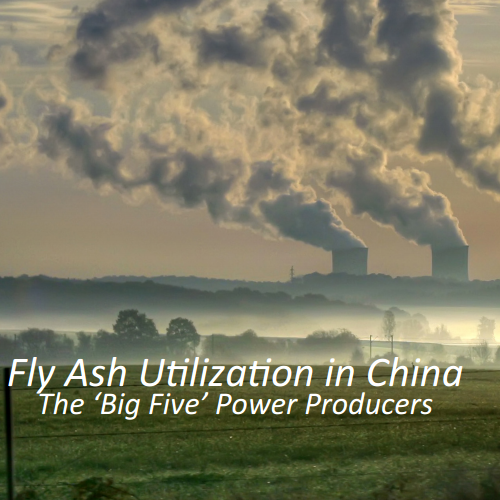Brief Analysis: Coal in China and the Current Economic State
/The year 2015, China saw a significant drop in the use of coal. The same drops appeared in other energy sectors including oil and gas. A contributing factor to this decline is of course the current indolent economy China is experiencing due to overproduction and reduced demand for construction. Additionally, a shift in the central government has current administrators setting their sights on cleaner energy sources like wind, hydro, solar, and nuclear. As set forth in the Paris Agreement of 2015, President Xi Jinping promised seemingly remarkable reforms regarding China air pollution, guaranteeing a greener economy, and to hit peak CO2 emissions before 2030.
On the industrial side, demand exists for the construction of 210 new coal plants to be built across the country; the demand coming from provinces that have been hit hardest during this most recent economic decline. There is large resistance within the government to these new plants, as these plants will make it more difficult to reach Xi Jinping ‘s 2030 objective. A fundamental shift in industrial infrastructure however, comes at a cost. Consideration must be made towards the millions of people who work and live in communities where existing coal plants and coal fired power plants operate, as these local economies are driven by the coal industry. There is a difficult balance between sustaining jobs in the energy sector while attempting to shift to newer cost and environmentally efficient forms of energy.
Due to this and other factors, it is safe to say that coal will not be replaced easily. Although current stats show that coal use has hit a peak (Figure 1), China is still the world’s largest consumer of coal.
The economy grew rapidly in China from 2002 – 2012. This was due to an exploding steel, cement and aluminium market. By the end of that decade, China was burning almost as much coal as the rest of the world combined. Half of this fuel was used in generating electricity, while the other half was used directly by the aforementioned industries. 2013/14 saw a leveling off of these numbers and by 2015, the coal consumption began its decline. The industrial sector ceased production rates it had enjoyed in previous years, and now faces the even larger threat of overcapacity. 2016 is projected to see a continuation of slowing growth, as the smoke stack industries and cement markets correct themselves. The move toward cleaner energy is inevitable, as construction of nuclear power plants, wind farms, solar panels and hydro-electric dams continue.
As china moves away from being reliant on heavy industry and into services, becoming more developed, electrical demands of future years could very well be met by hydro, nuclear, solar or wind energy sources. For now, stabilizing the marketplace and making the transition away from being a population heavily dependent on the coal infrastructure left over from the 2002-2012 boom seems to be the consensus.
